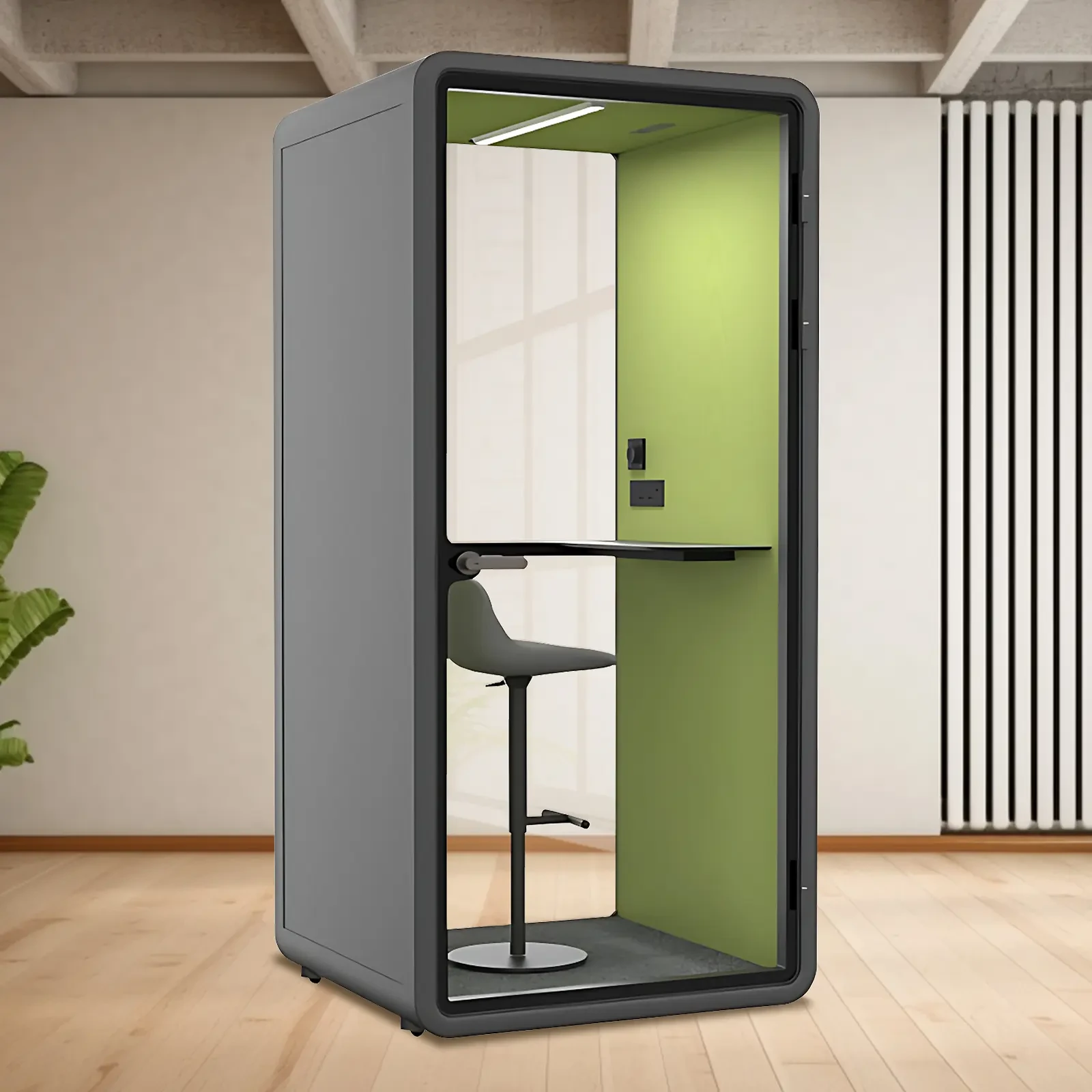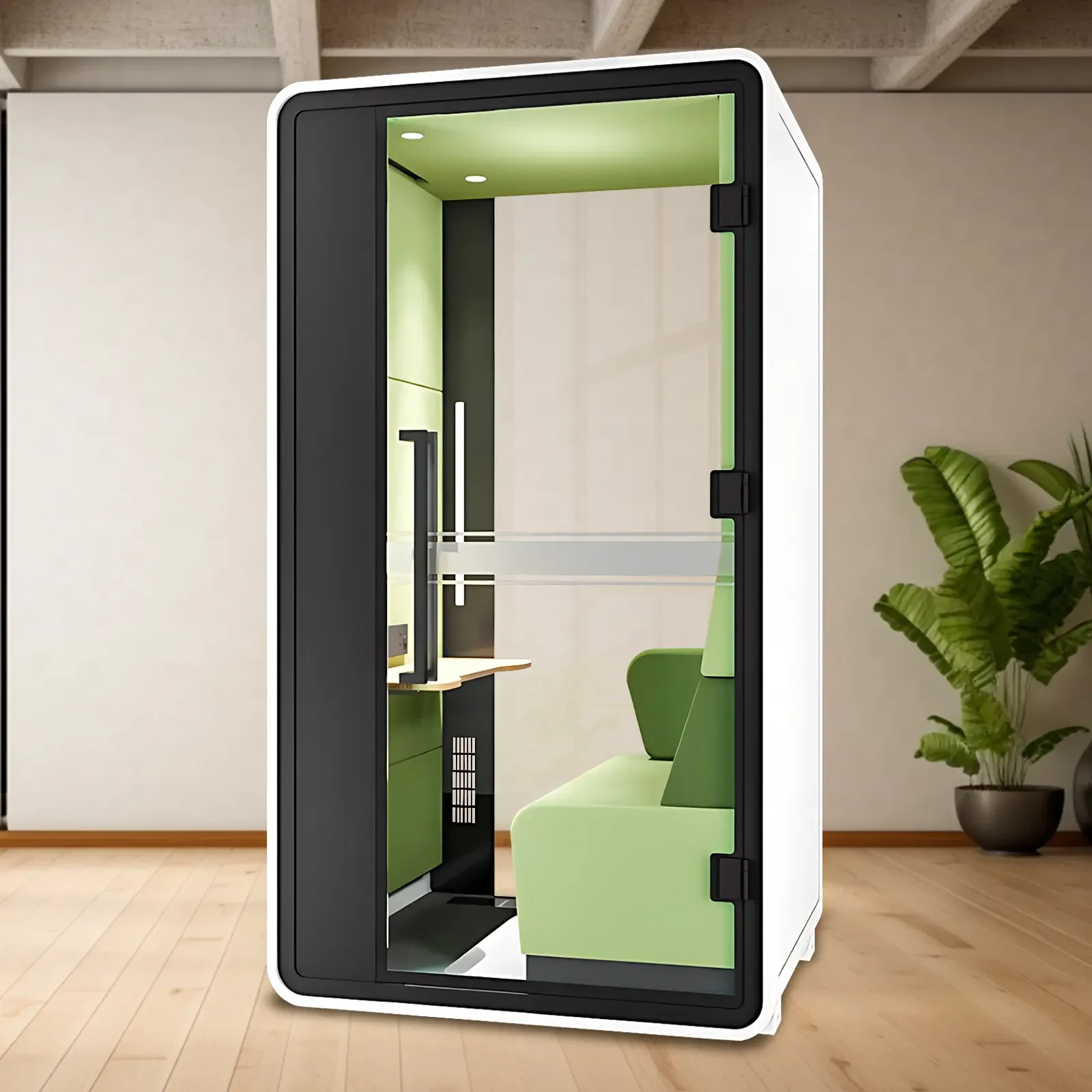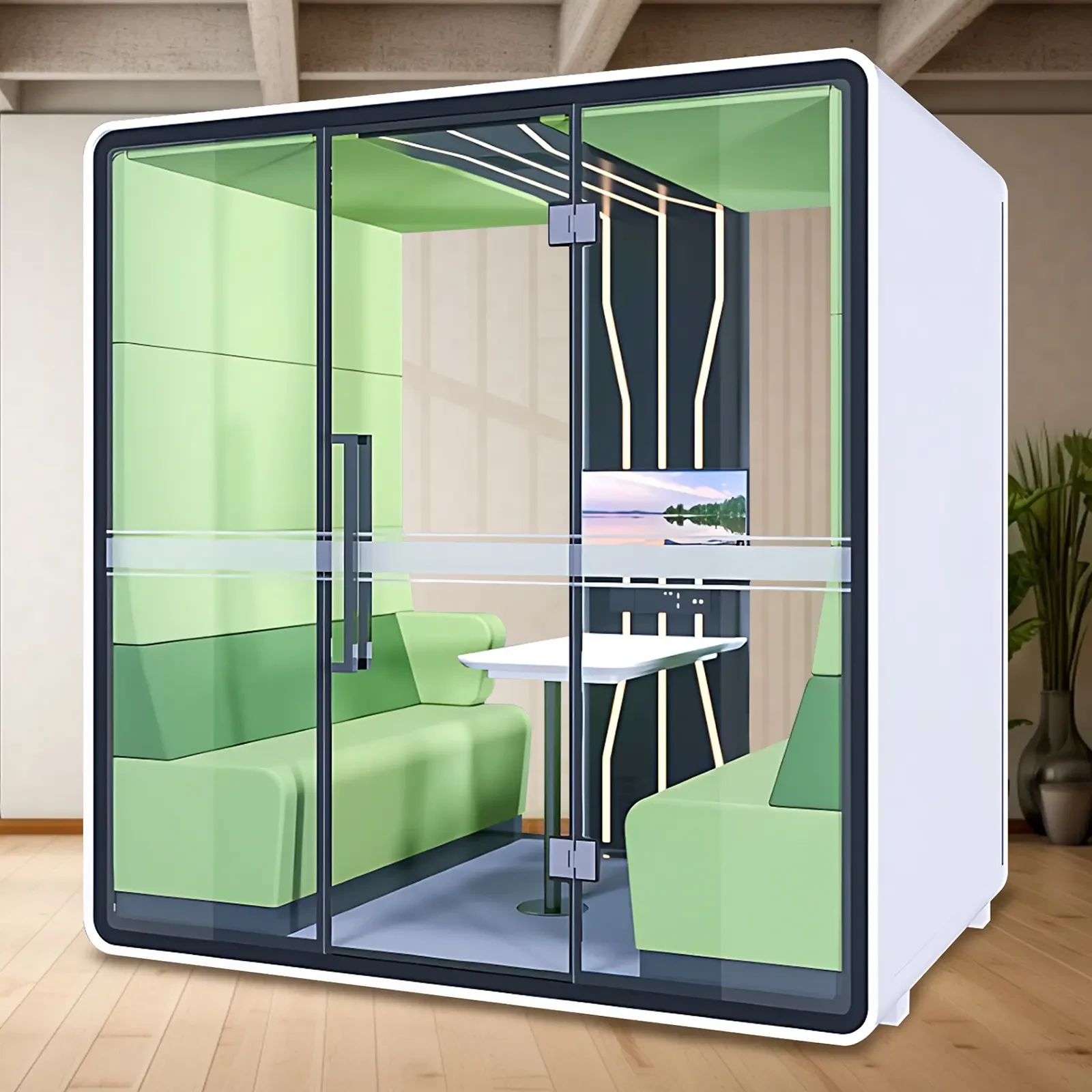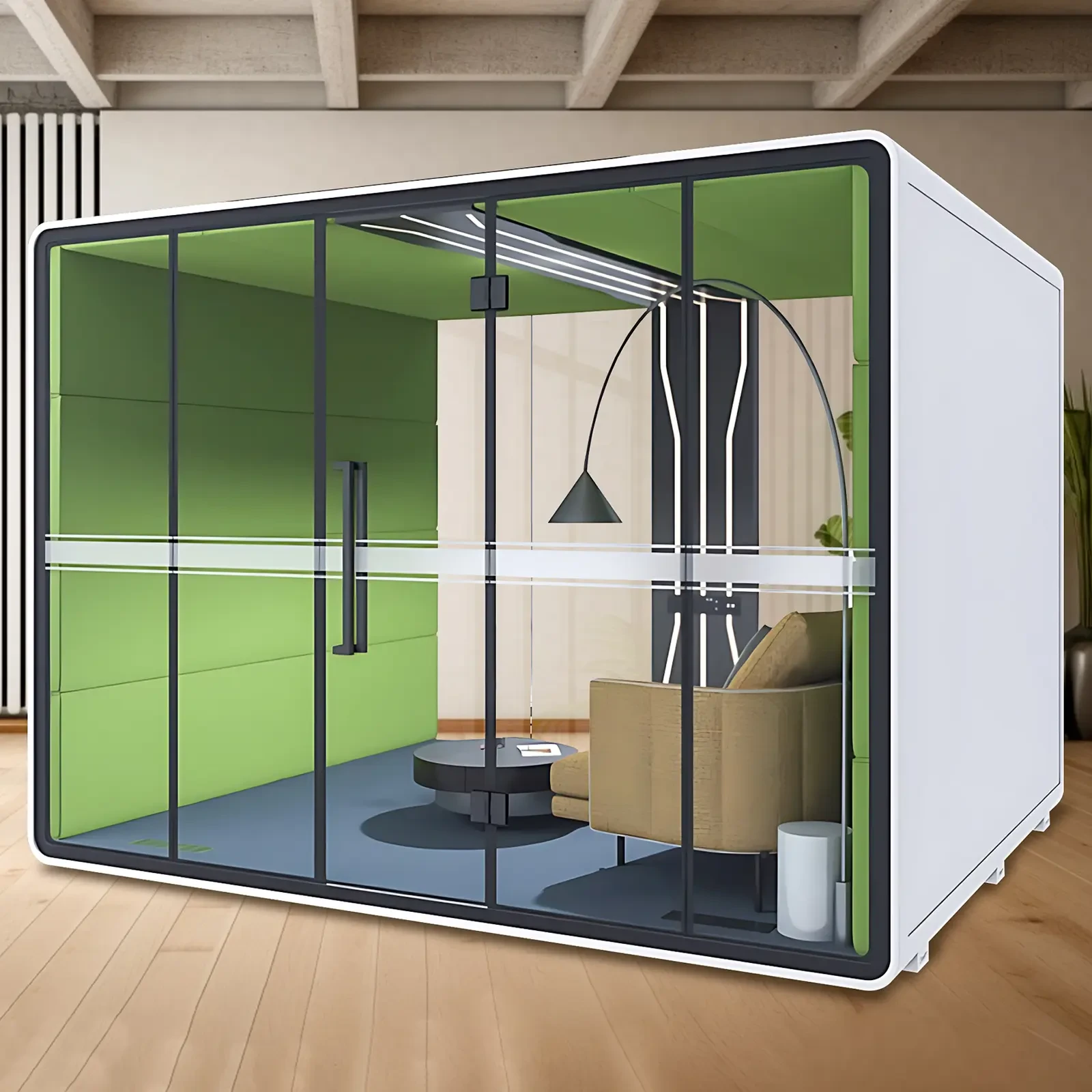Want to practice piano at home without disturbing others, live stream without echoing, and hold meetings in privacy and silence? This "mobile live streaming pod" is becoming a new favorite among urbanites! More than just a detachable soundproof cabin, it's a multifunctional, silent space perfect for practicing singing, live streaming, conferencing, and creative work. This article will reveal its principles, specifications, recommended users, and key purchasing tips. Learn how to create your own acoustic fortress in just one square meter, saying goodbye to noise nuisances and improving your quality of life and work efficiency!
What is a mobile live streaming pod? How amazing is it?
Don't be fooled by the name—a "mobile live streaming pod" isn't a sci-fi device. It's a portable, modular soundproof space, also called a "silent pod" or "soundproof piano room." It can be quickly set up at home, in the office, in the studio, or even outdoors, creating a sealed, sound-absorbing and noise-reducing room.
Imagine this: You just finished playing a song, and the neighbor didn't knock on the door; you're livestreaming, and there's no refrigerator humming in the background; you're videoconferencing with clients, and they can't hear your dog barking—all of this is thanks to its multi-layered composite sound insulation and sound-absorbing materials. It's no simple "tent," but a professional device optimized through acoustic engineering that truly "blocks out external noise while retaining inner focus."✨
Core Principles and Key Parameters: How does "absolute silence" achieve this?
The mobile livestreaming pod's soundproofing relies on a triple defense system of "mass-air-damping":
Outer layer: High-density sound insulation panels (such as polyester fiber + PVC composite panels)—like bulletproof vests, blocking sound transmission;
Middle layer: Sound-absorbing cotton (such as rock wool/polyester fiber)—absorbs internal echoes and prevents reverberation;
Inner layer: Microporous resonance panels or soft-padded veneer—further softens sound waves for clearer recordings. Common performance indicators include:
• Sound Isolation Coefficient (STC): Mainstream products reach 35–45 decibels, equivalent to reducing the noise in a living room to a whisper;
• Sound Absorption Coefficient (NRC): 0.8 and above is optimal; the higher the value, the quieter the interior;
• Dimensions: Commonly 1.2m × 1.2m to 2m × 2m, suitable for one person;
• Weight: Approximately 60–120kg, easy to carry but requires floor support.
Who needs it? The applications are beyond imagination!
Think it's only for singers? Wrong! Its uses extend far beyond just a "practice room" 👇
Music lovers: Play piano, guitar, and sing without disturbing others, especially suitable for apartment residents.
• Recommended pairing: A small upright piano or electric piano. Pair it with a microphone and audio interface for live streaming or recording.
Livestreamers/WeChat Creators: Stream from home and experience the feel of a professional recording studio, with no background noise, ensuring clear and enjoyable viewing for your audience!
• Tips: Add a ring light and a fill light panel to instantly transform into a "livestreaming influencer" 📸.
Businesspeople/Remote Workers: Hold impromptu confidential meetings, video interviews, and online training sessions in complete privacy—no more hiding in the bathroom for phone calls 💼.
Students/Creators: A quiet corner can spark inspiration for homework, PowerPoint presentations, or creative writing. 🧠
⚠️ Notes: Ensure the installation surface is flat to minimize vibration transmission. For long-term use, it's recommended to regularly clean the internal sound-absorbing foam to prevent dust accumulation from affecting the performance.
Buying Guide: How to Choose a "True Quiet" Product?
With so much homogeneity in the market, choosing the right one is key! Remember these tips to avoid pitfalls:
1. Check the sound insulation rating: Prioritize products with an STC ≥ 40. Anything below 35 decibels is essentially "ineffective."
• It's recommended to verify third-party test reports or publicly disclosed brand data.
2. Check the seals: Are door gaps, window frames, and vents sealed? Otherwise, sound leakage will be useless!
• High-quality products will use magnetically sealed doors, which close almost seamlessly.
3. Pay attention to ventilation and heat dissipation: Avoid stuffiness during extended use! Choose designs with silent fans or adjustable vents to maintain air circulation.
4. Environmentally friendly and safe materials: Avoid low-quality board materials that release formaldehyde. Prioritize E0 or ENF environmentally friendly materials.
5. Price Range:
• Entry-level model (approximately 1.2m²): approximately ¥3,000–6,000, suitable for short-term trials;
• Mid-to-high-end model (1.8m² and above, including lighting/sound system): ¥8,000–15,000, suitable for long-term use or commercial scenarios.
💡 Recommendations (Reasonable Recommendations):
• For home users: Choose a foldable model with a built-in power outlet for easy mobility;
• For studios/businesses: Choose a smart model with a custom logo and online management to enhance your brand image.
Conclusion
A mobile live streaming pod is more than just a practice room; it's an indispensable acoustic sanctuary in modern urban life. Whether you're a musician pursuing artistic expression, a streamer aspiring to maintain a professional image, or a professional who needs to be efficient and focused, it provides a quiet, isolated space. With the right parameters and careful installation, the per-square-meter space you save is rewarded with round-the-clock tranquility and increased efficiency—an investment that's absolutely worth it! 🎵🔇

 USD
USD
 GBP
GBP
 EUR
EUR






